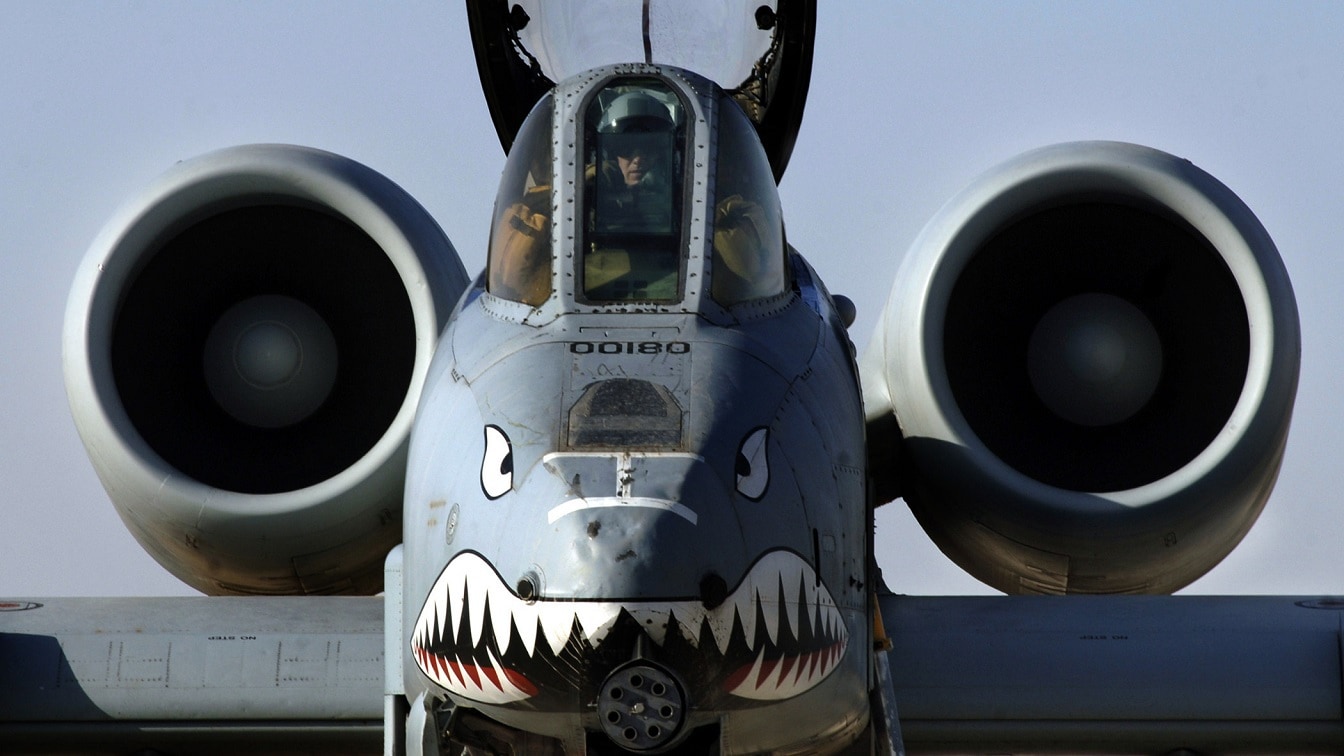Republican Senator Marco Rubio of Florida on Wednesday suggested that the United States Air Force retire its fleet of A-10 Thunderbolt II aircraft and put greater focus on the Lockheed Martin F-35 Lightning II as a deterrent to China.
He further suggested that instead of sending Ukraine any F-16 Fighting Falcons, a platform repeatedly requested by Kyiv, the U.S. respond by supplying the A-10s.
U.S. lawmakers have actually fought the Air Force’s calls to retire the Cold War-era A-10, but as Rubio noted in an op-ed for Defense News, “the A-10 is no longer suited to America’s geostrategic needs.
However, we should not simply dispose of this venerable plane; in the hands of our international partners, it can continue advancing the national interest.”
Successful Warbird
Development of the A-10 began in the early 1960s when the United States military was still relying on the Korean War-era Douglas A-1 Skyraider for its primary ground-attack aircraft. Production of the A-10 Thunderbolt II began in 1972 and the aircraft officially entered service with the United States Air Force in 1977.
The A-10’s short takeoff and landing (STOL) capability permitted it to operate from short airstrips. Service at forwarding base areas with limited facilities is possible because of the A-10’s simplicity of design.
Such features could make it ideal for service in Ukraine.
“The A-10 proved especially useful in the Gulf War, when it flew 8,100 sorties and destroyed thousands of Soviet-era combat vehicles and equipment. Later, it helped the U.S. destroy hardened enemy positions in the war on terrorism,” Rubio added. “But major military operations in the Middle East have ceased.”
Out With the A-10 – To Make Room for the F-35
Rubio further suggested that to prepare to counter Beijing in a future conflict, the United States needs to make the best possible use of its limited hangar space and procurement dollars.
“To do that, we must retire the A-10, as senior military leaders have called for. This will make room for aircraft like the F-35 Lightning II, and free funds for the development and construction of next-generation missiles and missile defense systems, which will be invaluable in any future Indo-Pacific conflict, whether that’s in Taiwan, the South China Sea or the Korean Peninsula,” Rubio explained.
A-10 Better Suited for Ukraine Than F-16
As noted, the A-10 can operate from short airstrips, including those close to the front – and just last year, four A-10s from the 354th Fighter Squadron and the Michigan Air National Guard’s 127th Wing landed on a state highway as part of Northern Strike 21, a large-scale training exercise.
By contrast, Rubio noted, the F-16s require 6,000 feet of tarmac, which are increasingly rare in bombed-out Ukraine, to take off and land. A-10s only require 4,000 feet of dirt runway.
“The A-10 can still do a lot of good if transferred to allies and partners in need of it. The most obvious example is Ukraine, which is preparing to mount a counteroffensive against Soviet-era tanks and entrenched Russian positions,” the senator further explained.
Beyond Ukraine
If the aircraft couldn’t be sent to Ukraine, Rubio suggested that other potential beneficiaries of an A-10 transfer program could include African countries in the Sahel fighting ISIS and Boko Haram, or even Latin American nations combating paramilitary rebels and drug cartels in the jungle.
“Such a program would be neither unprecedented nor unusual,” Rubio, who serves as the vice chairman of the Select Committee on Intelligence, and Services on the Foreign Relations Committee, continued. “The U.S. manufactures and sells vehicles and platforms the U.S. military no longer uses on a semi-regular basis. For instance, production of the A-29 Super Tucano employs hundreds of Floridians in Jacksonville and supports counterterrorism operations in Africa and Colombia.”
The alternative would be for the A-10s to end up being scrapped or at best being static displays at Air National Guard bases. There are still plenty already in museums, so the remaining aircraft could serve a role around the world helping America’s interests.
“Simply put, phasing out the A-10 by transferring it to allies and partners is the smart thing to do,” said Rubio. “Not only would it help America adapt to the challenges of the 21st century, it would also help our friends confront their own challenges without deep U.S. intervention. That’s killing two birds with one stone – the best kind of public policy.”
Author Experience and Expertise
A Senior Editor for 19FortyFive, Peter Suciu is a Michigan-based writer. He has contributed to more than four dozen magazines, newspapers, and websites with over 3,200 published pieces over a twenty-year career in journalism. He regularly writes about military hardware, firearms history, cybersecurity, politics, and international affairs. Peter is also a Contributing Writer for Forbes and Clearance Jobs. You can follow him on Twitter: @PeterSuciu.
From 19FortyFive
Ukraine Footage Shows U.S. M982 ‘Excalibur’ Cut Through Russian Artillery
How To Sink A $3 Billion Dollar Submarine: Leave A Hatch Open
Smashed To Pieces: Video Shows Ukraine Hitting Russian Air Defenses

